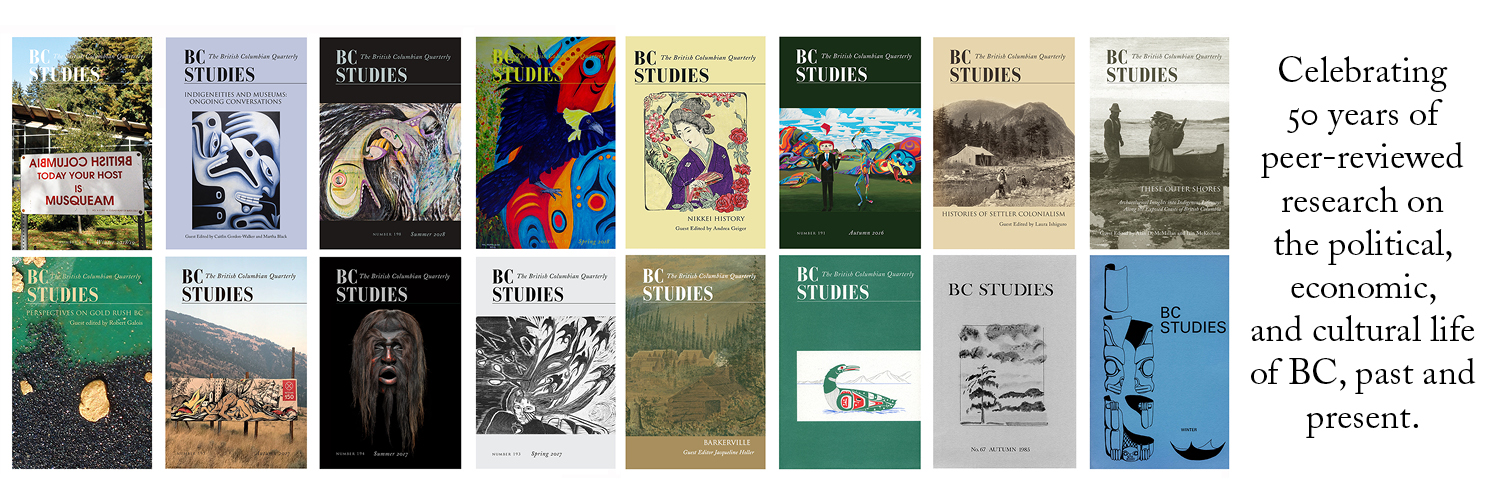George Clutesi
Tseshaht Story, Ceremony, and Social Action
DOI:
https://doi.org/10.14288/bcs.no220.198109Keywords:
Nuu-chah-nulth , residential schools, colonialism and resistance, Aboriginal peopleAbstract
George Clutesi (1905–1988) was forced to attend the notorious Alberni Indian Residential School. Despite that experience, he became a painter, writer, ceremonialist, film actor, and much more. The two books he published in his lifetime, Son of Raven, Son of Deer: Fables of the Tse-shaht People (1967) and Potlatch (1969), have received little attention from literary critics in reviews or articles. This article argues that one reason for this neglect is that these books support Indigenous cultural revitalization, a project Clutesi undertook at many levels. Two white settler critics, Ralph Maud and Robert Bringhurst, were dissatisfied with Clutesi’s work because they assumed that Indigenous writers should open up their cultures to everyone and align their work with the settler-national field of cultural production. Nuu-chah-nulth and Indigenous responses vary, agreeing with Clutesi on the need for cultural revitalization but expressing a variety of opinions on how cultural practices should be revealed to outside audiences.



